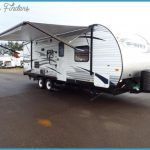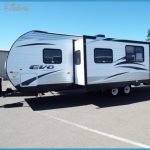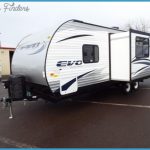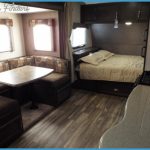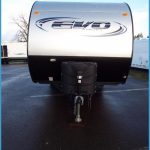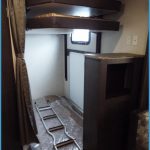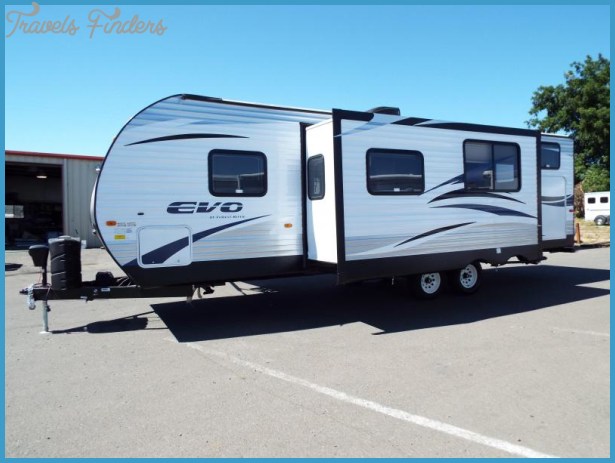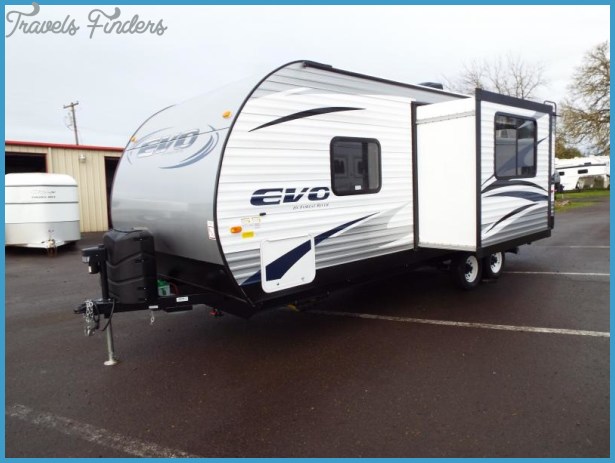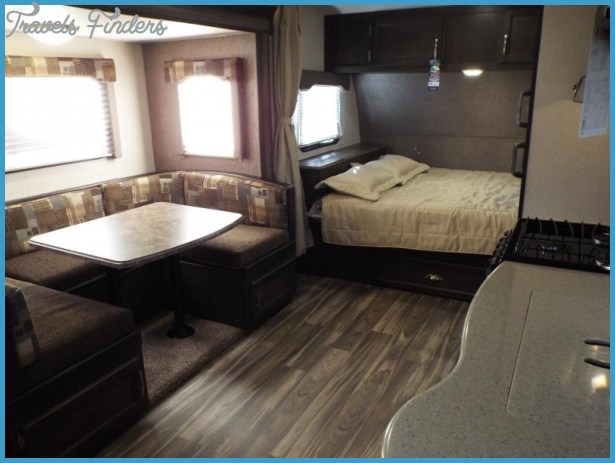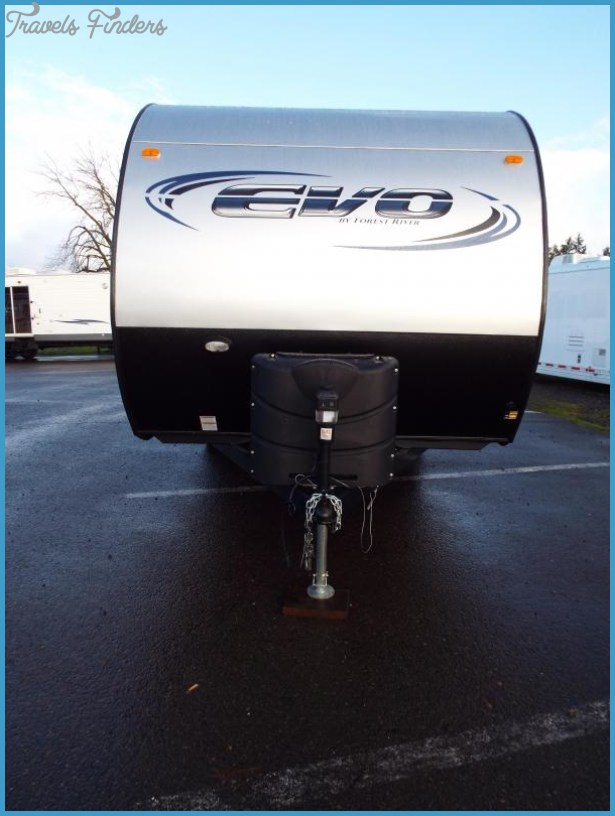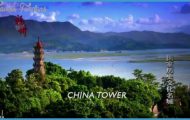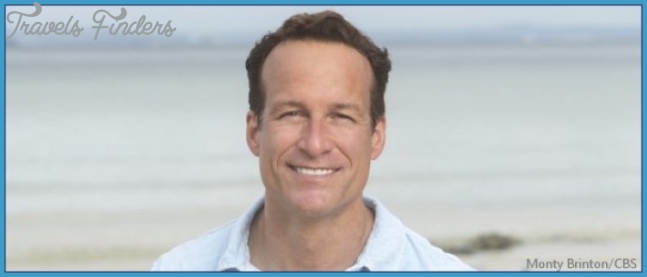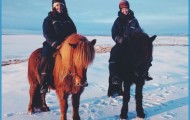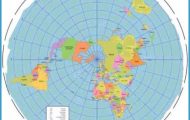The Windiest City
My initial flight is to Santiago, the capital of Chile, but after 11 hours flying across the Atlantic there is first an hour stopover in Sao Paulo, Brazil. I wander through the airport but it is 8 a.m. local time and all the shops are closed. In one of the windows of a pottery and gift shop I see some strange, painted clay figures which are of doctors carrying out operations on half-naked bloodied patients. There is even one of a dentist vigorously and enthusiastically pulling out a man’s tooth. There is painted blood on this figure as well. They are typically Brazilian, primitive art forms depicting scenes of pain inflicted by medics and I wish I could purchase them for some doctor friends. It reminds me of the Zen saying: ‘If you show me a stone and I say stone, they say stone; if you show me a tree and I say tree, they say tree; if you show me blood and I say blood, they say paint.’
The flight to Santiago takes another four hours. It is starting to be a long day although now we are on South American time, three hours earlier. I am relieved to find both of my bags have arrived safely and am met by my arranged driver, Juan. He drives me to Hotel Plaza San Francisco where I am checked into a pleasant, wooded room decorated in an old Spanish style. Although tired, I don’t want to waste any part of this Chilean opportunity, so after a quick shower, Juan drives me up into the Andes.
Arctic Package Travel Trailer Photo Gallery
Juan waits at an inn which is more or less closed but is still serving coffee, while I set out on foot to explore the nearby mountains. Almost immediately I see my first condor of this trip and then am lucky enough to see several more in quick succession. I climb for an hour or two feeling beneath my feet the strength of this enormous mountain chain that stretches throughout most of South America and crosses borders with impunity. If only people were as fortunate. The mountains were there before me and will still be there after. Some hours later, I reluctantly return. Juan drives much faster on the way down and takes the mountain bends with reckless disregard for anything coming the other way. Probably he calculates that it is unlikely we will another vehicle. We make it back alive and I have another shower. Later that night I meet some Chilean friends for dinner, Fernando and Monica Friedmann. They take me to a fish restaurant, Loco Loco. The owner is definitely mad as well and insists I have the fish speciality of the house. After several pisco sours it is difficult to tell the taste of the fish but I am assured it is excellent.
Next morning my flight is at 8 a.m. Juan is already waiting as I check out and we leave for the airport at 6 a.m. The town is still mostly asleep. If I miss my returning connections I promise to contact Juan on my way back to let him know if I reached the South Pole.
The first flight is out over the mountains and then along the coast. We stop once before arriving in Punta Arenas, some three and a half hours later, having flown a distance of 2,200 km. The population of Santiago is 4 million but here in Punta it is only 125,000. I am met by Steve Pinfield, one of the guides from the base camp who has been assigned to assist us and had flown in from Patriot Hills the previous night. I am weighed down by my packed coat, heavy clothes and hand luggage whereas Steve is in shorts and looks as if he has just come off safari. He has already been stationed at the camp for seven months and this is his second tour of duty there. Fortunately again, my two bags arrive safely and I know from now on there will be no chance of anything going astray. Only me.
After quickly checking into Hotel Jose Nogueira and being allocated a small but comfortable room with a double bed, Steve takes me to meet the others who will be travelling out with us. There are only three; Ian Ford a military doctor from New Zealand and two Swiss climbers, who go by the delightful first names of Hans and Christian. I never can get it right and always call Hans Rauner, Christian and Christian Steiner, Hans. They don’t mind and are good sports and happily put up with my ribbing, even when I continue asking if Anderson will be joining us.
They have all been waiting here for several days, so Steve takes me, on my own, over to the offices of Adventure Network International, to meet at last the company owner, Annie Kershaw. I learn subsequently that her husband, Giles Kershaw and two friends had set up the business in 1987, but Giles had been killed in March 1990 flying a gyrocopter type of aircraft. The plane had crashed on the Jones ice shelf, east of Adelaide Island. Kershaw had been quite an adventurer and was the first man to fly around the world over both the North and South Poles as part of the Transglobe Expedition of 1980 81. He had also carried out a number of daring rescues in the region, including the recovery of three Argentine officers, from the battleship cruiser Belgrano, who were marooned on an ice-floe whilst on an Antarctic expedition.

